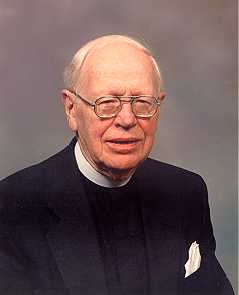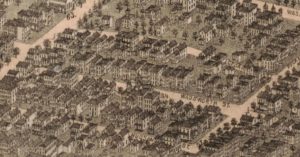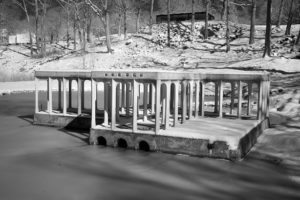Now Viewing:
LGBTQIA+

Ethel Collins Dunham: Pioneer in Pediatrics
A student and professor of medicine, Dr. Ethel Collins Dunham devoted her life to ensuring the care of children throughout the early and mid-20th century.
Read
Philip Johnson’s Glass House
Architect Philip Johnson’s Glass House in New Canaan, Connecticut is considered a masterwork of modern American architecture.
Read
Connecticut Issues Same-Sex Marriage Licenses for the First Time – Today In History: November 12
On November 12, 2008, Connecticut issued its first marriage licenses for same-sex couples after Kerrigan et al. v. Commissioner of Public Health et al..
Read
Alan L. Hart: Pioneer in Medicine and Transgender History
An early person to undergo gender affirmation surgery, Alan L. Hart was a physician who pioneered the use of x-ray in early detection for tuberculosis.
Read
James Merrill: Connecticut’s First Poet Laureate
As one of the leading American poets of the 20th century and Connecticut’s first poet laureate, James Merrill lived in Stonington for four decades.
Read
Eighteen Years in the Making: Connecticut’s 1991 Gay Rights Law
Connecticut’s 1991 “gay-rights law” was one of the state’s first LGBTQ+ civil rights laws and prohibited discrimination based on sexual orientation in housing, employment, and credit.
Read
Joseph Alsop: Cunning Political Columnist of Mid-Century America
Joseph Wright Alsop was one of the country’s most well-known political journalists of the 20th century and was drawn into some of the most influential power circles in the world.
Read
Kalos Society: Connecticut’s First Modern LGBTQ+ Activist Organization
The Kalos Society emerged in the late 1960s as the first gay activist organization in Connecticut
Read
Canon Clinton Jones: A Revolutionary Figure in Connecticut’s LGBTQ+ History
Canon Clinton Jones was a central figure in Connecticut’s LGBTQ+ community and a pioneer for compassionate care, queer visibility, and gender affirmation.
Read
Where the Wild Things Are: Maurice Sendak
Authoring and illustrating dozens of books, such as ‘Where the Wild Things Are’ and ‘In the Night Kitchen,’ Maurice Sendak redefined children’s literature throughout the 20th century.
Read
The Reader’s Feast: A Bookstore Ahead of Its Time
For over two decades, The Reader’s Feast was the most progressive independent bookstore in the Hartford area and provided a space for literature, community, food, and affirmation.
Read
Richard Reihl: The Hate Crime That Became a Turning Point for LGBTQ+ Civil Rights
The 1988 murder of Richard Reihl, a gay man from Wethersfield, galvanized and mobilized communities to organize and transform LGBTQ+ civil rights legislation in the state for decades to come.
Read
The Lives of Addie Brown and Rebecca Primus Told Through their Loving Letters
Addie Brown and Rebecca Primus were two free Black women whose lives intersected in Hartford, Connecticut in the 19th century. Letters written between them imply their relationship was more than friendship.
Read
LGBTQ+ Mental Health Treatment in the 20th Century
The simultaneous development of accepted mental health practices and LGBTQ+ visibility over the decades offers a chance to examine how psychological research contributed to the discrimination of LGBTQ+ individuals and communities.
Read
Philip Johnson in His Own Words
In 1985, this famed architect offered a candid take on his life and work, with the stipulation that it not be made public until after his death.
ReadMore Articles




